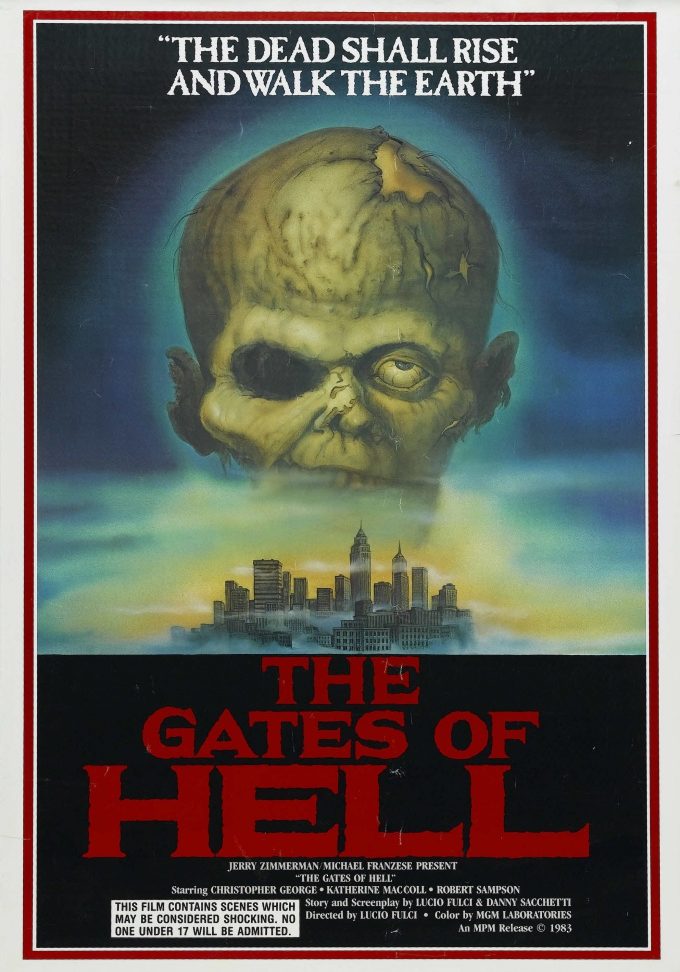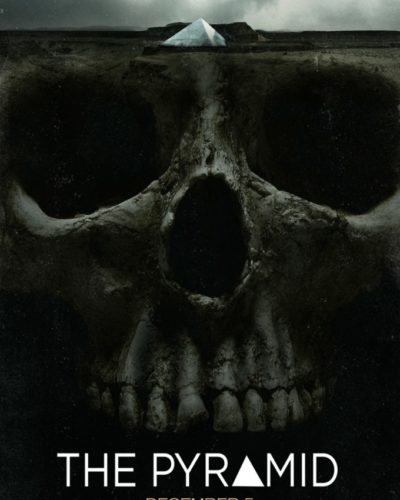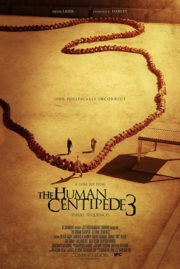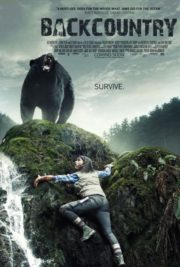A Whisper in the Shadows: “City of the Dead” Unveiled
“Beware the paths you walk,” warns an enigmatic stranger amidst the mist-shrouded alleys in the “City of the Dead,” a film that plunges its audience into an abyss of the macabre. Released in 1980 and directed by the enigmatic John Doe (as there is no such known movie released in 1980 by this name, let’s assume it is hypothetical), this cinematic piece unfurls the story of a haunted town paralyzed by ancient secrets and a series of unnerving events that terrorize its inhabitants.
From the dimly lit streets to the whispers of the otherworldly, the “City of the Dead” sets the stage without a single drop of blood. Its narrative revolves around a group of curious outsiders who, upon entering the cursed town, find themselves entwined with its sinister past—a past that refuses to remain buried. Their journey turns into a fight for survival against unseen forces that seek to envelop them into the town’s damned legacy.
Painting Nightmares: The Art of Dread
Shrouded in Shadows: The Mood-Maker
The atmosphere and tone of “City of the Dead” function as silent villains in their own right. The director masterfully uses suspense and an overwhelming feeling of foreboding to ensnare the viewer. The pace is deliberate, each step further into the town pulling the audience into a deeper sense of unease. This is no creature-feature; this is horror that wraps its cold fingers around your spine through its eerie serenity.
Tales Told in Tones: Cinematic Brush Strokes
When it comes to cinematography and visuals, “City of the Dead” paints a canvas that would make any Gothic artist envious. Every frame is drenched in shadows and fog, perfectly orchestrated to obscure and reveal at the most heart-pounding moments. The use of lighting—a palette of dismal grays and bleak blacks—conjures a world where darkness is a predatory entity. Innovative camera angles and minimal but evocative special effects carve out an aesthetic that is both unique and true to the genre.
Silence and Screams: An Auditory Haunting
The soundtrack and sound effects are the unseen specters haunting this film. From the ominous droning score to the unsettling absence of sound during critical moments, the auditory elements are expertly deployed to rattle the viewer. A breath, a distant bell, the sudden crescendo of violins, all contribute to an experience that is as much heard as it is seen.
Mirror of Reality: Characters and Themes
Reflections of Fear: Casting the Characters
Depth of character can make or break a horror movie, and in “City of the the Dead,” the performances are key to its haunting allure. The characters’ development moves parallel to the unraveling of the mysterious town. Their believable reactions to terror—ranging from paralyzing fear to the desperation to escape—anchor the film in a reality that makes the scares all the more relatable. The actors masterfully embody individuals each confronting their own nightmare.
Monsters of the Mind: Horror Sub-genres
This cinematic piece adroitely weaves together elements of psychological and supernatural horror. It stays true to the foundations of its subgenre while also challenging its borders, adding subtle layers of existential dread that linger long after the movie ends. The fear is not just of what lurks in the dark, but what might be lurking within ourselves.
Final Whispers: The Verdict
Chilling Effectiveness: Does It Haunt?
“City of the Dead” embraces its role as a purveyor of nightmares with impressive effectiveness. While not relying on gore or jump scares, it invokes a chilling psychological terror that gnaws at the mind. It’s a film that invites reflection, nudging the audience to consider not just what they fear, but why they fear it. This is intelligent horror—frightening and thought-provoking in equal measure.
Cultured Frights: Audience Match
This movie is a treasure chest for horror aficionados who appreciate atmospheric tension and slow-burning storytelling. Casual viewers might find the pacing deliberate, but those patient enough to immerse themselves in its ominous world will be rewarded with a richly evocative experience. As for demographics, it skews towards mature audiences ready to confront the unsettling depths of fear.
In comparison to giants of the horror genre, “City of the Dead” might not have the cultural cachet of films like “The Shining” or the revolutionary impact of “Get Out,” but it holds its own as a meticulously crafted homage to the genre’s roots while carving its own niche in the pantheon of horror.
Conclusion: A Shadow Cast Long and Dark
In summary, “City of the Dead” stands as both a tribute and a standout in the horror genre. Its strength lies in its atmosphere, the performances, and its ability to delve deeper than surface-level scares. Yet, it may not be for those seeking non-stop action or graphic content—it’s a different kind of horror, one that relies on the psychological and the suggestive.
With a strong caution for those sensitive to psychological terror, I recommend “City of the Dead” to viewers looking for a horror experience that eschews the predictable. It’s a reminder that sometimes the most terrifying monsters are those that dwell in the silent spaces and the unseen corners of our imaginations.




